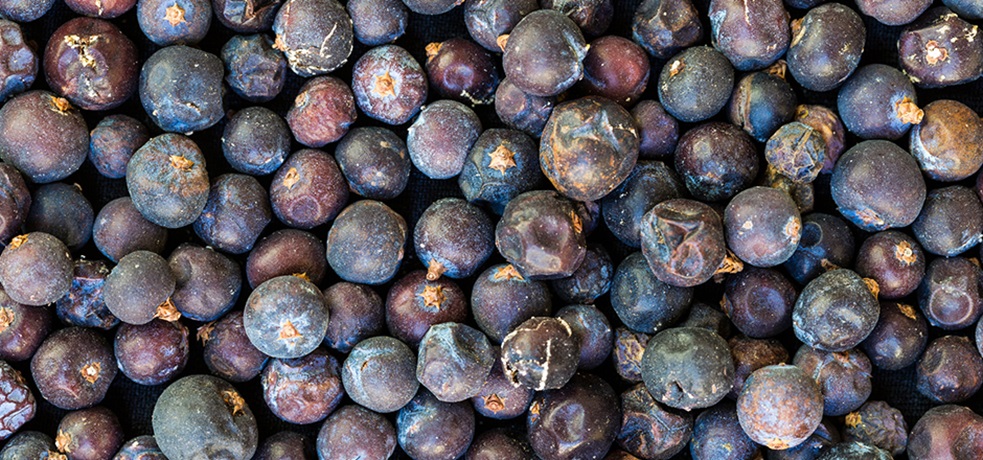

THE SPIRIT
- The Spirit
A short history of Gin and its origins
Read Time 3 Minutes
Posted 31 Aug 2022
By winVintage
Though wine may have several dozen centuries on it, gin has perhaps the most fascinating history of our favourite drinks. From medicinal use in the 1600s, to sparking riots in the 1700s, to fueling underground distilleries in the 1920s, the humble juniper-based spirit has quite a tale to tell. We’ve collated these bite-sized pieces of gin history around the spirit, which are sure to delight every gin enthusiast.


A cure for what ails you
“Jenever” was one of the earliest forms of gin, but wasn’t very palatable due to the primitive distillation process. One tale has Dutch physicians in the early 1600s as creators of the drink, mixing juniper berry oil with a spirit to make medicine easier (and more pleasant) to administer – gin and tonic is delicious, after all. The story goes that, at the time, there was a sudden rise in hypochondria from “patients” keen to try this new “medicine”. Some historians suspect Jenever had been around 300 years prior, but as the saying goes: When the legend becomes fact, print the legend.
The secret language of gin
Break down the history of many common phrases and you’ll discover that the main ingredient in their creation is gin. The spirit has a long and storied linguistic history. “Mother’s ruin” comes from the gin craze of the mid-1700s, which led to concern about neglectful mothers who were apparently too busy drinking gin to tend to their children. “Dutch courage”, on the other hand, harks back to British troops who were served gin during the Thirty Years War, which began in 1618, to keep their spirits up.
The Big Four
Worldwide, the definition and classification of gin is based on strength, distillation process, and the presence of our old friend, the juniper berry. The European Union gets even more specific, and differentiates gin into four separate categories: juniper flavoured spirit drinks, gin, distilled gin, and London gin. Their differences are based on restrictions on colouring, additional flavourings and strength, among other criteria. London gin is the most premium of the categories.

Regions that put gin on the map
While not all London gins are made within the city of London, several gins have had “geographical indications”, including those made in Plymouth in England, and Menorca in Spain. Plymouth is home to the oldest working distillery in England – The Plymouth Distillery, while Menorca’s production of the spirit dates back to the 1800s to meet the demand of British naval forces stationed on the island. It has since become synonymous with the Balearic island.
Every bar tender’s favourite spirit
Ask any mixologist for their most-used spirit and they’ll tell you the same answer: gin. When it comes to classic cocktails, gin is a key player in a multitude of drinks. From the obvious – such as the Martini, Negroni and Tom Collins – to the more obscure like Silver Bronx, The Last Word, and London Fog. This is in part because the complexity of a gin’s botanicals only truly emerge when mixed with other ingredients.
From bar room to bathroom
The flipside of gin cocktail history is that many were developed not to celebrate the botanicals, but to disguise the taste of cheap gin in Prohibition-era America. The term ‘Bathtub Gin’ was first coined in 1920 when desperate distillers went underground. Using household bits and bobs – including bathtubs and bathroom taps – they made cheap and cheerful spirits that were miles away from the fragrant gins we now know and love. You can rest assured that the only similarity today’s Bathtub Gin has with its predecessor is its name.
The beauty of botanicals
Gin, as we generally know it, is a spirit which derives its flavour from juniper berries. The rise of artisanal gin distilleries worldwide, and changes in distillation laws, means that all manner of botanicals are now used to add character to the drink. Just a few of the ingredients and infusions you may come across include lavender, olive, nettles, dandelions, almond shells, and even ants. Closer to home, Australian distilleries have been embracing locally grown flora in their gins. Known as Bush Gins, botanicals include wattle seeds, cassia bark, Angelica root, Australian bush tomato and citrus like grapefruit – among many others. It’s enough to make poor old juniper seem positively plain.
- The Spirit
- View More Posts The Spirit








